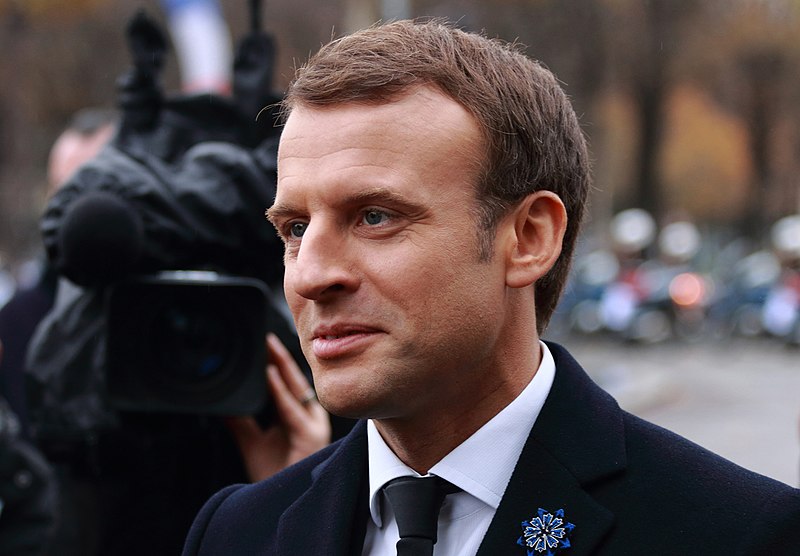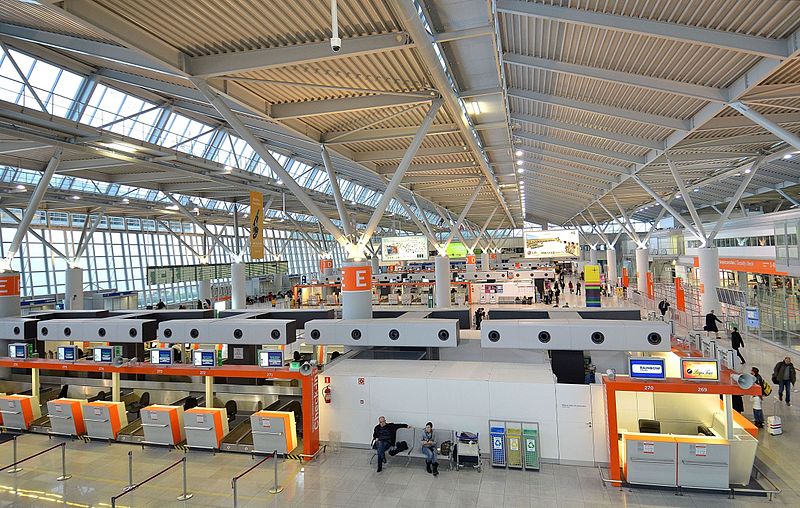Africa is a mosaic of natural wonder, cultural richness, and sundry ecological features; nonetheless, it stands out as one of the poorest and least stable continents. Because of divisive European practices, namely diving and conquering, African nations have endured seemingly endless generations of despotic kings, brutal strongman, and military juntas amid fighting small-scale battles with neighboring countries. In short, civil unrest, genocide, and war have retarded Continent-wide improvements. Numerous strategies for development have been tested; however, the fate of Africa ultimately rests on the shoulders of her leaders, whom many Africans greatly distrust or fear. Notwithstanding, the countries of Africa have immense potential.
The challenges facing Africa as it attempts to meet, or even remotely advance, depend heavily on the willingness of MDCs (More Developed Countries), international institutions, and NGOs (Non-Governmental Organisations).
With a strong GDP, an MDC can easily afford to placate some of Africa’s most immediate woes. Moreover, directly linked to some of the largest and most prosperous financial institutions, gives them an extra edge, furthermore, obligation to lend. Funding can be an arduous task, though there are many different methods.
Loans, for example, are when an LDC borrows money on the condition that the money is used to build new infrastructure. The two biggest lenders have been the World Bank and the IMF-which together lend $ 50 billion a year. Money is given to poorer countries on the promise that it be used on projects that stimulate domestic and/or international trade. But these investments can come with a huge risks, especially when the recipient country is ruled by an undemocratic leader; he usually amasses the wealth for himself. There are a myriad of horror stories of African leaders using aid to build lavish palaces in adoration of themselves. Problems with lending money aren’t always kleptocratic however.
In Mali, for example, a French-sponsored project to pump water from the Niger River using renewable solar energy proved nugatory despite its most well-intentioned efforts. In fact, even when it worked (albeit weak), the project, which cost no more than $ 1 million, produced no more water than could two diesel pumps that together cost $ 6000. In addition to traditional methods of lending, there are indeed less conventional ways of financing development. For example, MDCs together have created a system whereby banks give money on micro-credit to individuals living in absolute poverty; e.g., The Grameen Bank of Bangladesh gives money on micro-credit. In addition, there’s structural adjustment programs, which are economic policies designed to promote trade, such as raising taxes and reducing government spending-both of which are western in practice.
In summation, there are a great many different methods of improving the daily lives of so many miserable Africans. The fate of their lives, again, depend solely on the intentions of her leaders. Robert Mugabe, the draconian ruler of Zimbabwe, is an example of a leader who’s more concerned with power than the ability to help his own people. Now, whether tribal propensities are indicative of African plight, is certainly a matter of debate. If dramatic change never arrives it’s not going to because of tribalism, for my part, it’s because of African leaders’ susceptibility to corruption.
More Politics Articles


